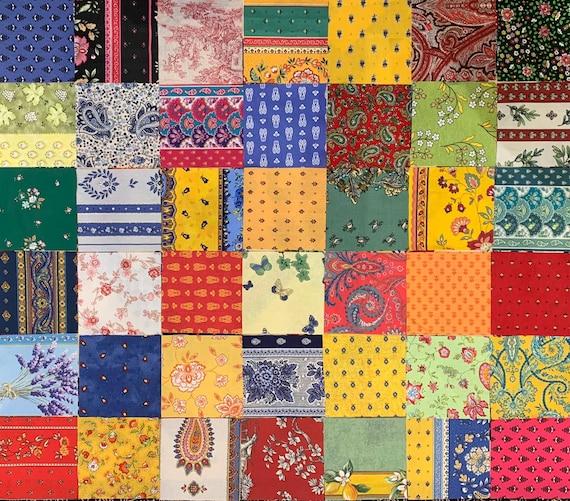In the realm of historical filmmaking, where authenticity and storytelling converge, costume design emerges as a pivotal force. The meticulous crafting of period-accurate attire transcends mere aesthetics, offering audiences a visual portal into bygone eras. This article delves into the intricate role of costume design in historical films renowned for their accuracy, examining how sartorial choices not only enhance narrative fidelity but also enrich character development and cultural context. By dissecting key examples and exploring the symbiotic relationship between costume designers and filmmakers, we illuminate the profound impact of this art form on the authenticity and immersive power of historical cinema.
Understanding Historical Context in Costume Design
In the realm of costume design, a profound understanding of historical context is paramount to achieving high accuracy in period films. Designers delve into meticulous research, exploring the socio-political and cultural nuances of the era to authentically portray characters. This involves analyzing various historical sources such as:
- Paintings and Portraits: These offer insights into the fashion trends and fabric textures of the time.
- Written Descriptions: Letters, diaries, and literature often provide detailed accounts of clothing styles and their significance.
- Surviving Garments: Studying actual garments preserved in museums can reveal construction techniques and material use.
By integrating these elements, costume designers craft ensembles that not only reflect the period but also enhance storytelling. The accuracy in costume design becomes a visual narrative tool, enriching the film’s authenticity and immersing audiences in a bygone era.
Balancing Artistic Vision with Historical Accuracy
In the intricate world of historical filmmaking, costume designers face the challenging task of marrying creative expression with the demands of historical fidelity. This delicate dance often involves a careful consideration of both the artistic vision of the film and the authentic representation of the era depicted. Designers must delve into exhaustive research, exploring archival images, historical texts, and museum collections to ensure that garments reflect the period accurately.
However, strict adherence to historical detail can sometimes clash with cinematic storytelling. Directors and designers often collaborate to decide where creative liberties can be taken to enhance character development or visual storytelling. Considerations might include:
- Color palette: Sometimes adjusted for thematic or aesthetic purposes.
- Silhouette: Tweaked to suit modern tastes or the film’s visual style.
- Fabric choices: Selected for durability and movement rather than strict historical accuracy.
By balancing these elements, costume designers not only breathe life into characters but also transport audiences to another time, all while maintaining a respectful nod to the past.

Techniques for Authentic Fabric and Material Selection
- Historical Research: A meticulous examination of historical records, paintings, and surviving garments is crucial. Designers often collaborate with historians and museum curators to ensure every fabric choice aligns with the period’s available materials. This research uncovers the textiles used in specific eras, allowing for the recreation of authentic looks.
- Material Sourcing: Finding authentic materials can be challenging, as many historical fabrics are no longer produced. Designers might source from specialty fabric manufacturers or commission custom weaves. Silks, linens, and wools are often chosen for their historical accuracy and ability to convey the era’s essence.
- Color Matching: The palette of a period piece is just as important as the fabric itself. Natural dyes were prevalent in historical garments, so designers strive to replicate these hues. Techniques such as hand-dyeing and using plant-based dyes ensure the colors remain true to the time.
- Texture and Weave: The texture and weave of a fabric can dramatically affect the garment’s authenticity. Designers pay close attention to these elements, selecting fabrics that not only look the part but also feel appropriate to the era, enhancing the film’s immersive quality.

Collaborating with Historians and Experts for Precision
In the quest for historical authenticity, collaboration with historians and experts is paramount. Costume designers often engage with historians, archaeologists, and cultural experts to ensure that every garment reflects the era’s nuances accurately. This collaboration involves meticulous research and dialogue, where experts provide insights into the textiles, patterns, and construction techniques prevalent during the period being depicted. Such partnerships are crucial for capturing the essence of the time, allowing designers to weave narratives through fabric that resonate with authenticity.
Working alongside these experts, costume designers gain access to a wealth of knowledge that can transform a film’s visual storytelling. By delving into historical archives and examining artifacts, designers can replicate clothing that not only looks authentic but also feels true to the character’s social status and lifestyle. This collaborative approach ensures that the costumes do not merely adorn actors but serve as a bridge to the past, enhancing the film’s overall historical integrity. Ultimately, this partnership is a cornerstone for achieving precision in historical films, enriching the viewer’s experience through genuine visual representation.

